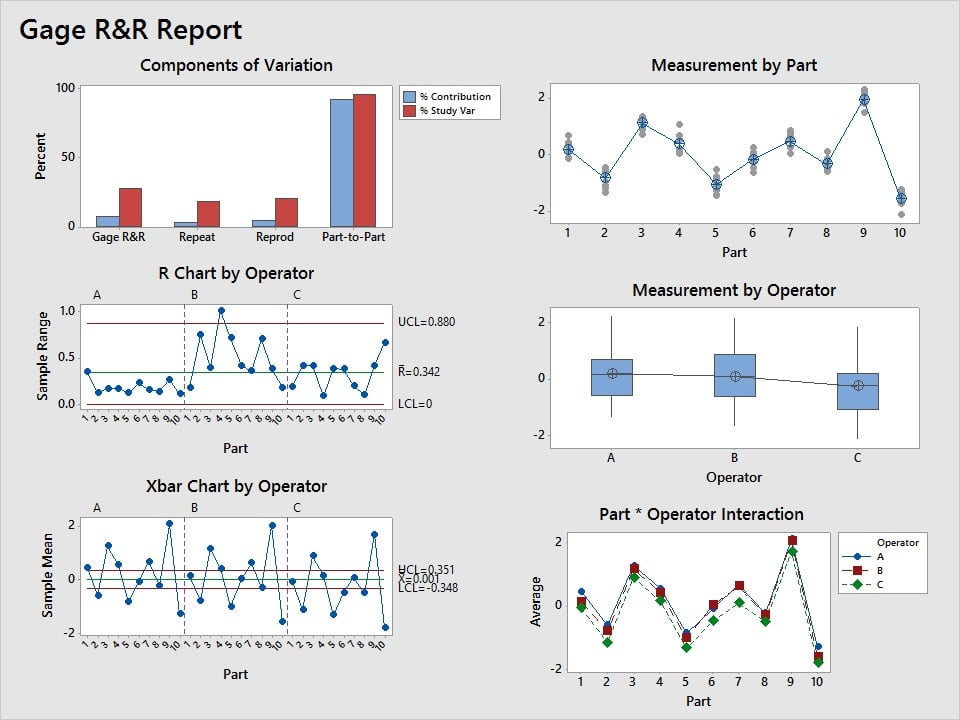

The paper identifies the main factors related to web sites that affect reading newspapers on the Internet.Įxploring large environmental datasets generated by high-throughput DNA sequencing technologies requires new analytical approaches to move beyond the basic inventory descriptions of the composition and diversity of natural microbial communities. This is one of the first studies that analyze online press reader behavior on the Internet. Moreover, digital dailies should develop strategies in order to ensure the loyalty of readers who could be familiarized with the new medium. Also, newspaper firms should make efforts to improve the levels of usability of their web sites. The main aspects which justify digital newspaper reading should be considered by the management in order to develop its use. This is due to the readers who do not perceive risk and costs derived by choosing mistakes or giving data, because the change of news supplier is really fast and easy. However, reputation, privacy and trust in the web sites do not influence significantly the final choice of digital dailies. The results support an intense effect of usability and familiarity with web sites on the choice of electronic newspaper. The scales were validated and refined, after which the hypotheses were tested by way of a structural equation model. The purpose of this paper is to analyze key factors that could influence the choice of digital newspapers: usability of newspaper web sites, reputation, trust, privacy and familiarity.Ī survey on the Internet was applied. The statistical tools used in our 16S amplicon example can be applied to other types of “omics” data sets. Finally, we discuss caveats regarding correlations and relative abundance data and describe how Analysis notes, QIIME commands, and sample data are Techniques that allow us to interpret our results. Relationships between environmental parameters and the microbial community in this marine ecosystem.įinally, we identify a list of taxa that show significant changes in relative abundance across seasons andĭescribe the relationship between seasonality and community diversity.We go over several data visualization The insights gained from ordination and multivariate statistical techniques to characterize the dominant Summarize complex, multivariate community composition data using ordination techniques. In this chapter, we analyzeĪ 16S amplicon data set from a marine time series using the open source QIIME software package. Microbial communities are complex and so are the data we use to describe them.


 0 kommentar(er)
0 kommentar(er)
